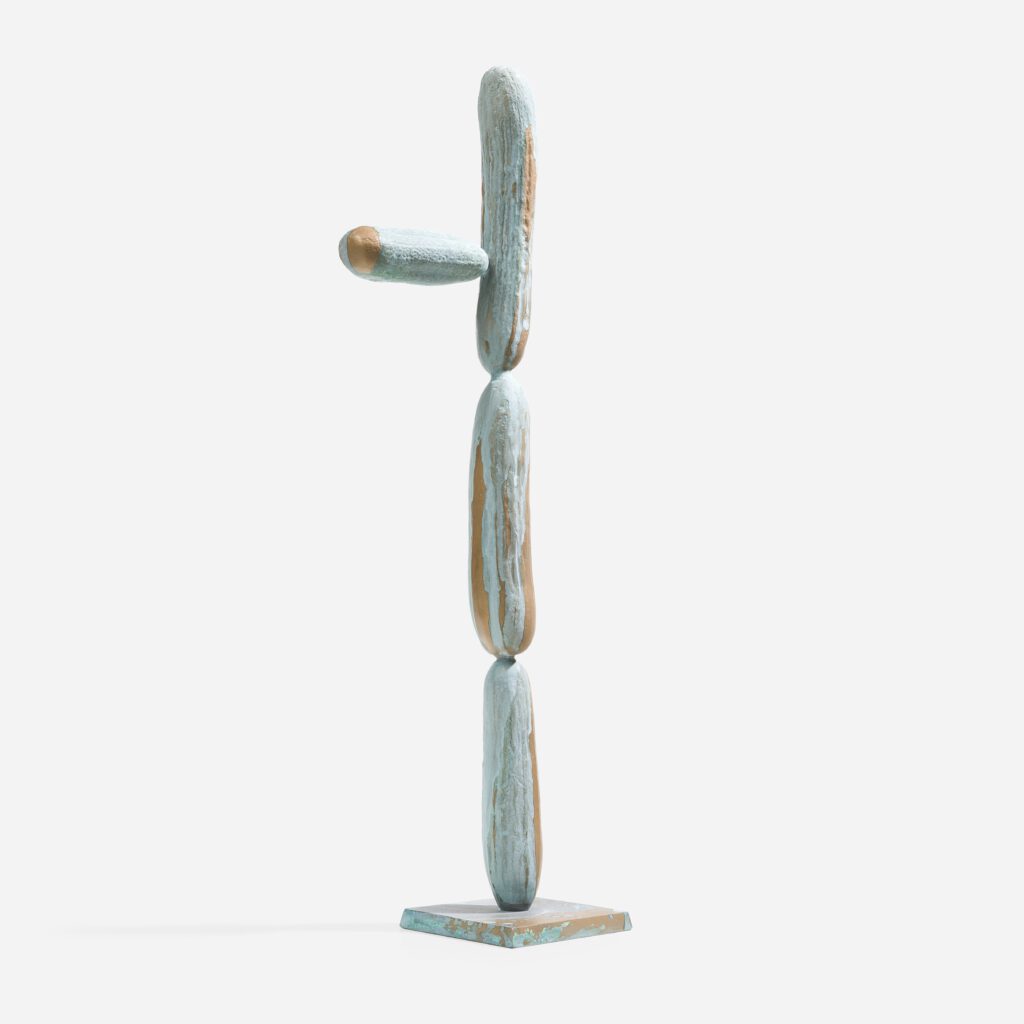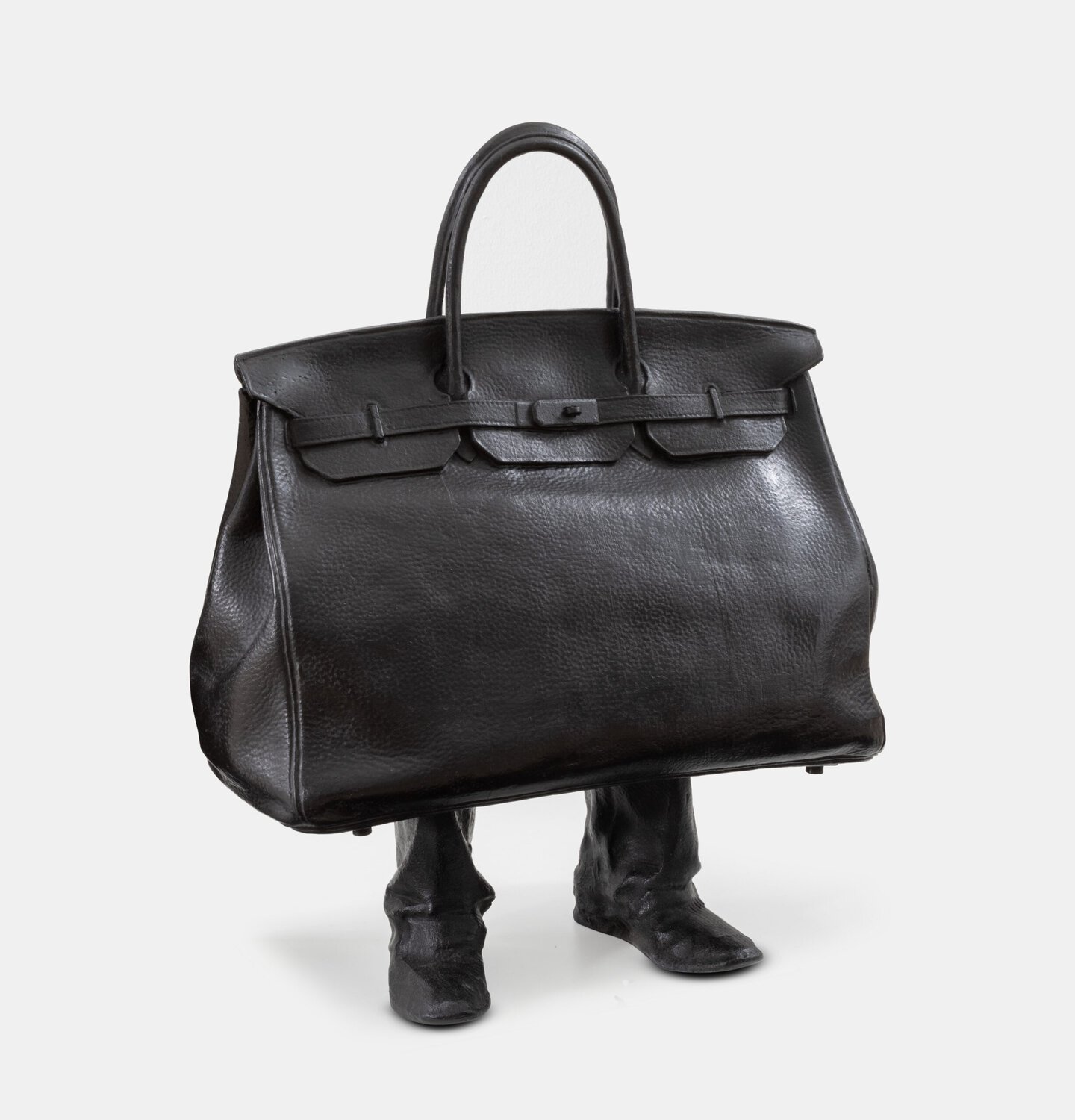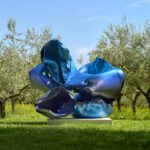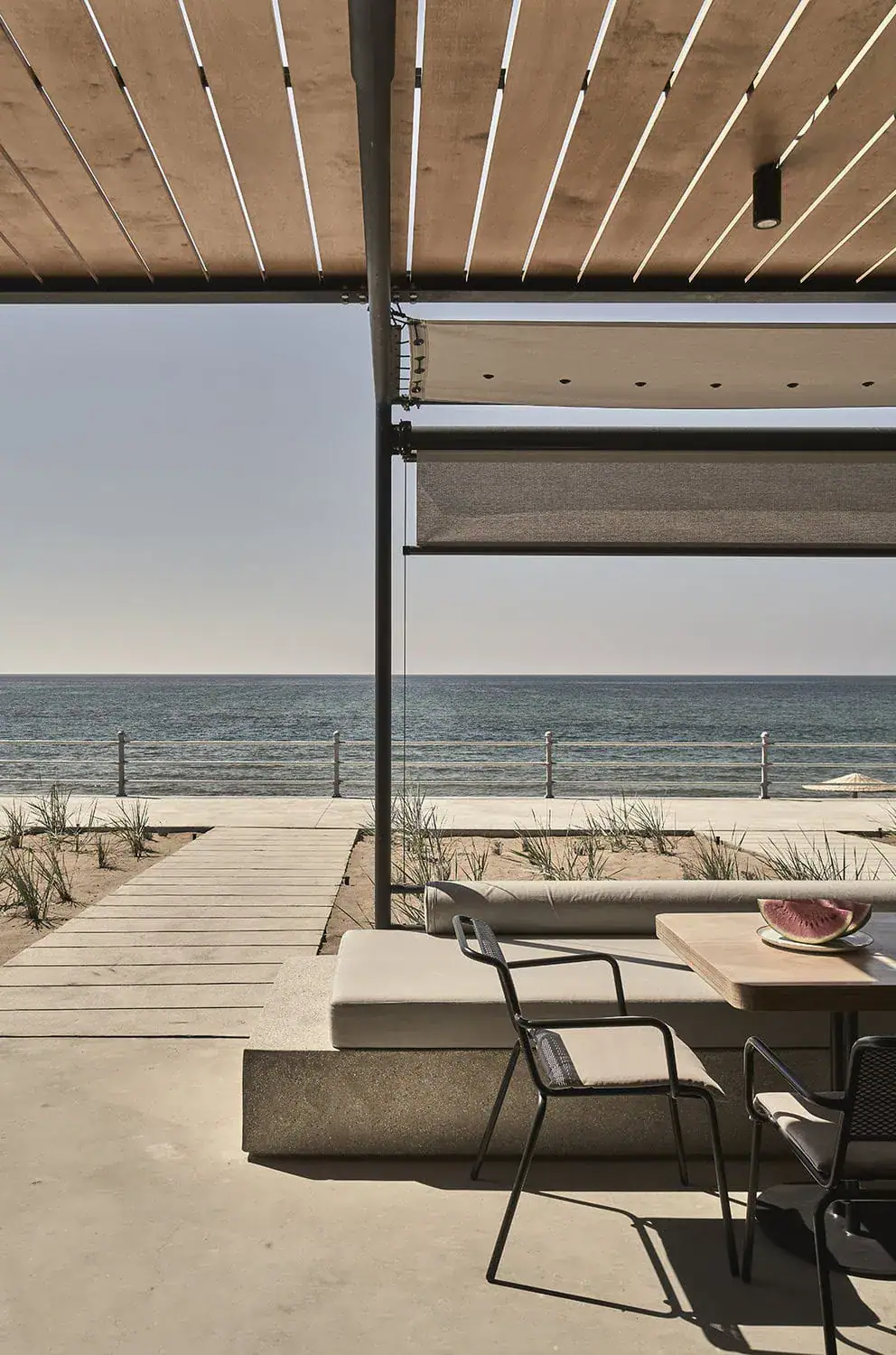Gallery at the Albertina ▪ Zetter opens exhibition autumn in the new showroom zetter ▪ projects with solo presentation of the exceptional artist Erwin Wurm on the occasion of his 70th birthday
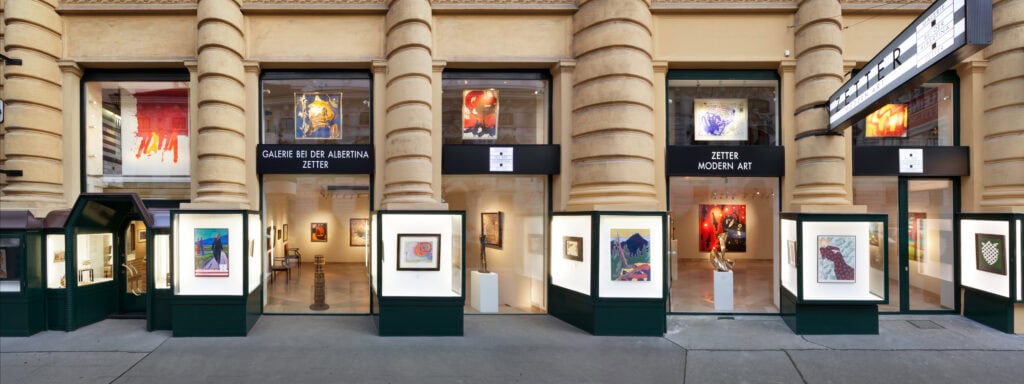
Parallel to the major retrospective in the ALBERTINA MODERN, the gallery at the Albertina ▪ Zetter is showing its first solo presentation of the artist Erwin Wurm, who is celebrating his 70th birthday this year, in the new exhibition space zetter ▪ projects. Under the title ‘ERWIN WURM. Sculptures’, gallery owner Katharina Zetter-Karner stages an imaginary journey through his visionary sculptural oeuvre with iconic (main) works. Having long since become one of the most internationally renowned and successful contemporary artists, Biennale participant Erwin Wurm’s artistic statements not only characterise the art world per se. Relevant design parameters such as his penchant for the absurd and paradoxical, self-irony and social criticism merge into an internationally sought-after Gesamtkunstwerk, at the centre of which are Wurm’s unmistakable sculptures, whose possibilities have been explored, radically developed and interpreted many times by the artist over the years.
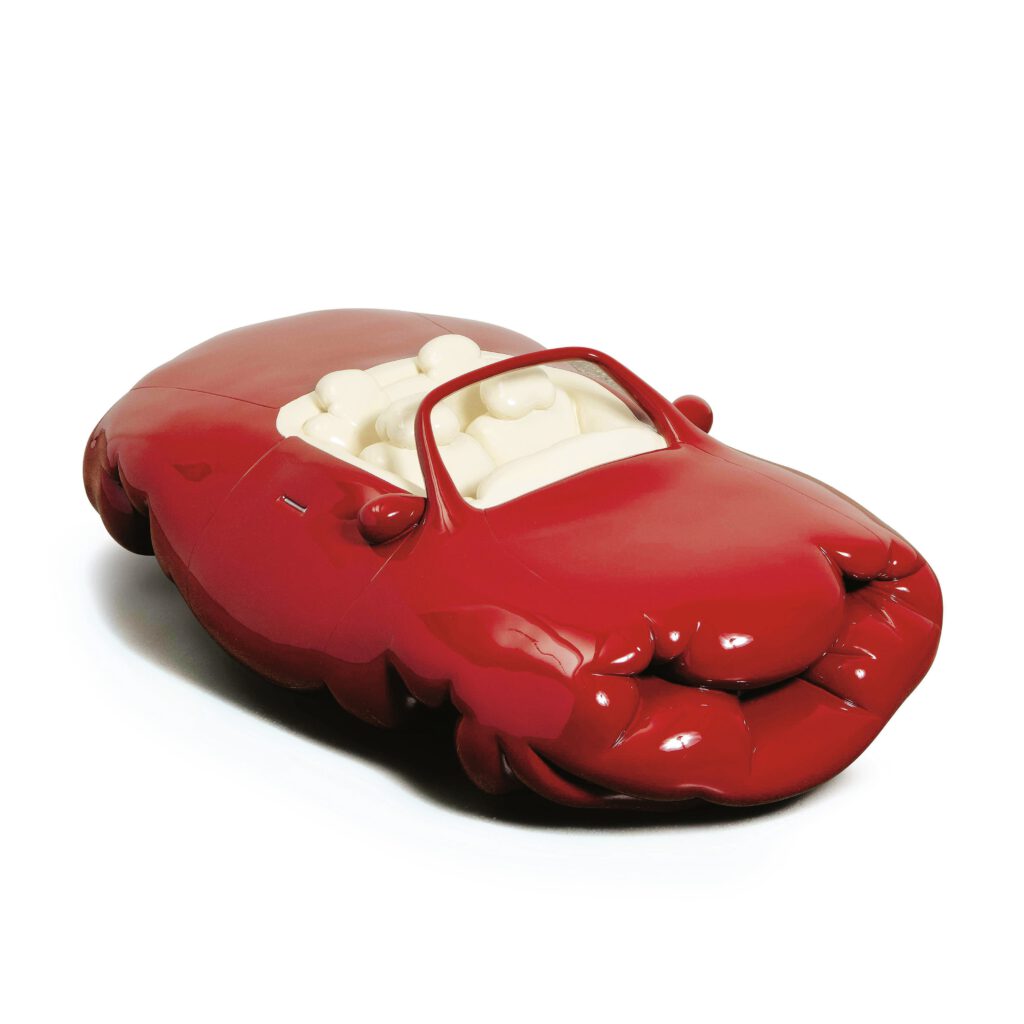
Erwin Wurm achieved international fame with his ‘One Minute Sculptures’: visitors pose with banal props or squeeze themselves into items of clothing provided by the artist according to drawn and/or written instructions. These fleeting interactions, which refer to Wurm’s performative expansion of the concept of sculpture and allow viewers to mutate into art objects, are captured in photographs and videos or translated into autonomous sculptures (example: ‘Psycho VII’ from 2010).
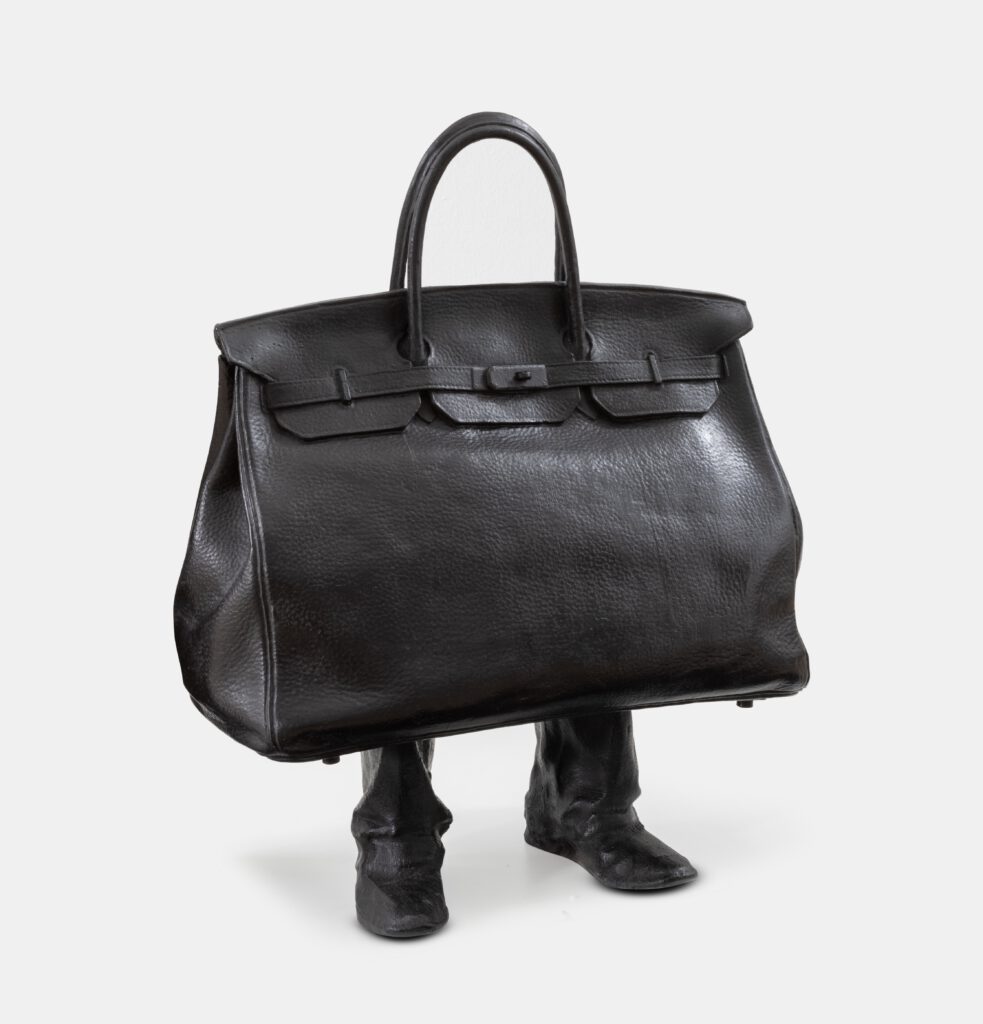
Erwin Wurm’s ‘Short Bag’ from 2017, a Hermès Birkin bag transformed into bronze, questions Wurm’s unconventional, seemingly playful approach to the utility function of prestigious luxury goods, just like the ‘Fat Car’ from 2004/05, and combines this pleasurable approach with a blatant, critical side-swipe at the manipulative mechanisms of our consumer society. Wurm began exploring expansion as a design concept early on. His ‘Fat’ sculptures, which were realised in the early 2000s, are particularly well-known. Status symbols such as the detached house or the car were formally inflated and transformed into art objects.
By layering materials, even a Porsche, as a fast sports car an exclusive symbol of boundless mobility, was subjected to an extension desired by the artist. The original shape and natural proportions were lost, the enormous volume and the inflated ‘fatness’ resulted in an unroadworthy and immobile ‘fat car’, a bizarre and grotesque creature that seems to melt away in its optical softness.
“Squashed and flattened or reduced to a very thin form, my new works have a certain fragility that I like: they become almost abstract.’ (Erwin Wurm)
Wurm’s bronze ‘Kastenmann’ from 2017, with a large box as a torso wearing a formal suit jacket, was inspired by his first major public art project in New York, which was installed by Erwin Wurm on the plaza of the Standard Hotel in 2012.
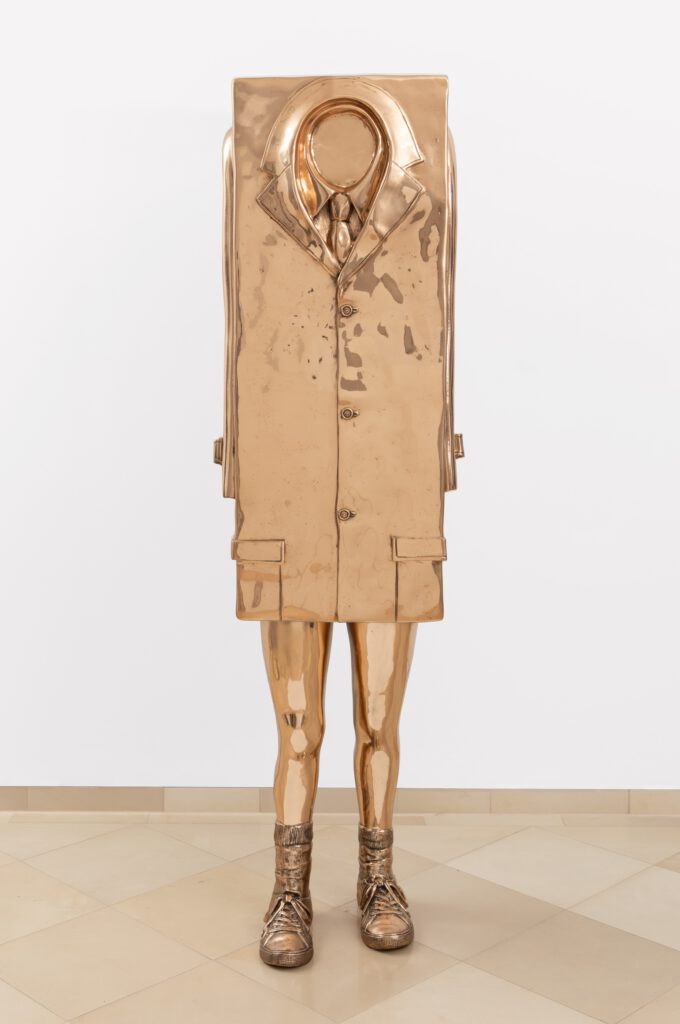
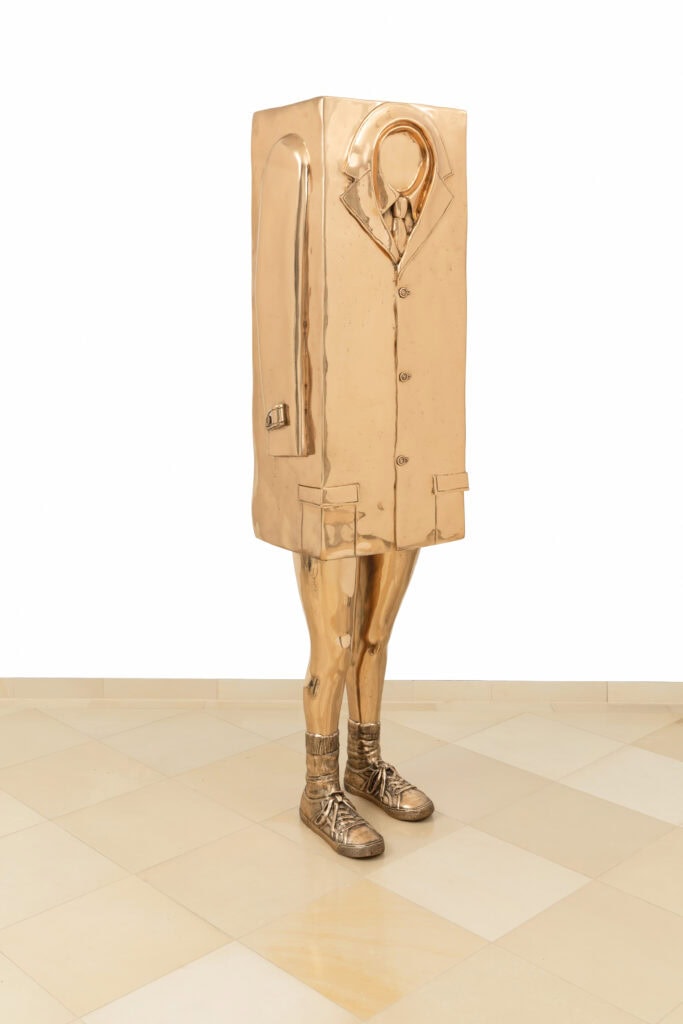
Taking Austria’s historical and cultural identity as his starting point, Wurm uses popular foods such as gherkins and sausages as intellectual inputs. Stripped of their original meaning in a completely surprising and innovative, humorous way, anthropomorphised bronze sausages (‘Avatar pre-departing’, 2020) or ‘Gurke modernistisch III (Grüner Veltliner)’, 2016, visualise Wurm’s obvious penchant for the paradoxical and absurd and refuse to conform to social pressure.
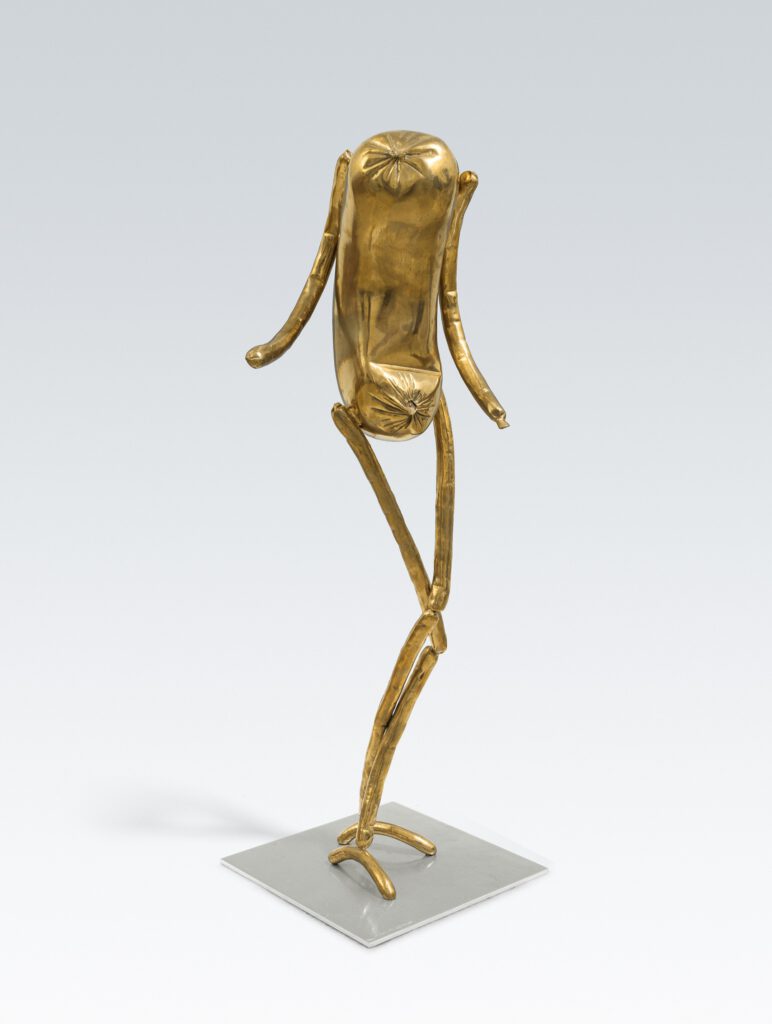
In the sculptures from the ‘Skins’ group of works (example: ‘Lars, Arm Lifted’, 2022), Erwin Wurm focussed on the concept of surface. ‘As a sculptor, I am interested in the idea of skin as a boundary,’ explained Wurm in an interview with the New York Times in 2014. Clothing behaves like a second skin, a protective shell that separates our body from the outside world. In an original size of over four metres, the sculpture ‘Gate’, which alludes to an archway, was exhibited at the Venice Art Biennale in 2022.
